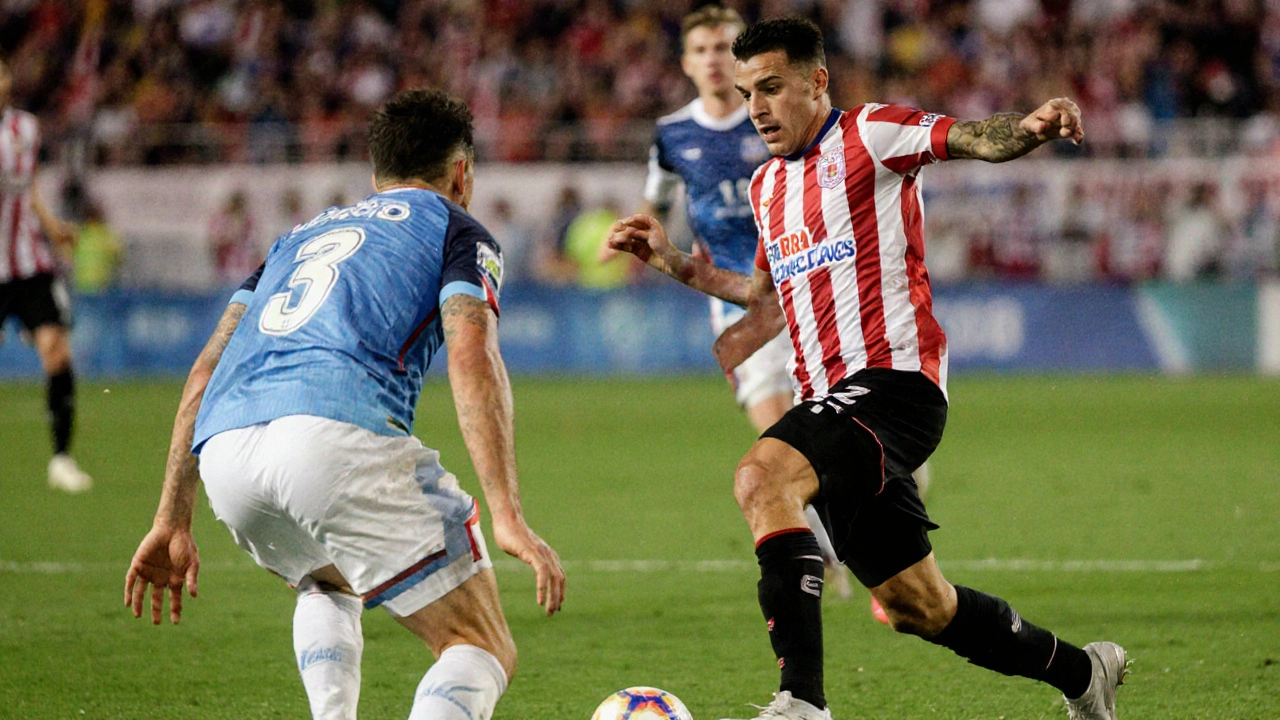Penalty Shootout: What It Is, How It Works, and Why It Thrills Fans
Did you know the longest professional penalty shootout ever lasted 48 kicks? That record shows how a simple set of spot‑kicks can turn a match into pure drama. A penalty shootout is the method used to decide a winner when a knockout game ends level after extra time. It’s quick, it’s tense, and every kick can swing the result.
When a Penalty Shootout Happens
Usually a shootout follows a cup tie, tournament knockout, or a final that ends tied after 90 minutes plus two 15‑minute extra‑time periods. The referee signals the start, and both teams pick five players each. The order is decided beforehand, and the kicks alternate between the teams. If one side cannot catch up after the fifth round, the shootout ends early. If the score is still level, it goes to sudden death – each side takes one kick until one scores and the other misses.
Tips for Teams and Players
Choosing the right five is key. Coaches often pick the most confident takers, not just the best shooters. A calm mindset helps – many players practice a routine to lock in focus. Goalkeepers also have a role; studying opponents’ preferences can give an edge. During sudden death, the pressure spikes, so teams may bring on a fresh player if substitutions are still allowed.
For fans watching at home, understanding the order helps you follow the tension. Notice if a team picks a defender early – that might signal confidence or a tactical surprise. Keep an eye on the goalkeeper’s moves; a sudden rush off the line can hint at a planned dive.
Penalty shootouts aren’t just about football. Rugby, hockey, and even cricket have their own versions, each with unique rules. In rugby, a “place‑kick” competition replaces extra time, while hockey uses a shootout where a player starts from the center and tries to beat the goalie in real time. The common thread is the same: a fair, fast way to break a tie.
If you’re a player preparing for a shootout, practice both the technical side and the mental side. Shoot from the usual spot, vary your placement, and simulate crowd noise. Visualizing a successful kick reduces anxiety. Goalkeepers, on the other hand, should rehearse quick dives and reading the kicker’s body language.
Coaches often use the “first‑kicker advantage” theory. Some studies suggest the team that shoots first has a slightly higher win rate because they set the tempo. However, the data isn’t conclusive, and many factors – like player confidence – play bigger roles.
When a shootout ends, the celebrations are intense. The winning side erupts, while the losing side feels the sting of a game decided by a single foot‑to‑ball moment. That emotional swing is why broadcasters love it and why fans never get bored.
In summary, a penalty shootout is a straightforward, high‑pressure showdown that caps off a tied match. Knowing the basic rules, the timing of when it’s used, and some simple strategies can make the experience more enjoyable whether you’re on the field or on the couch.

